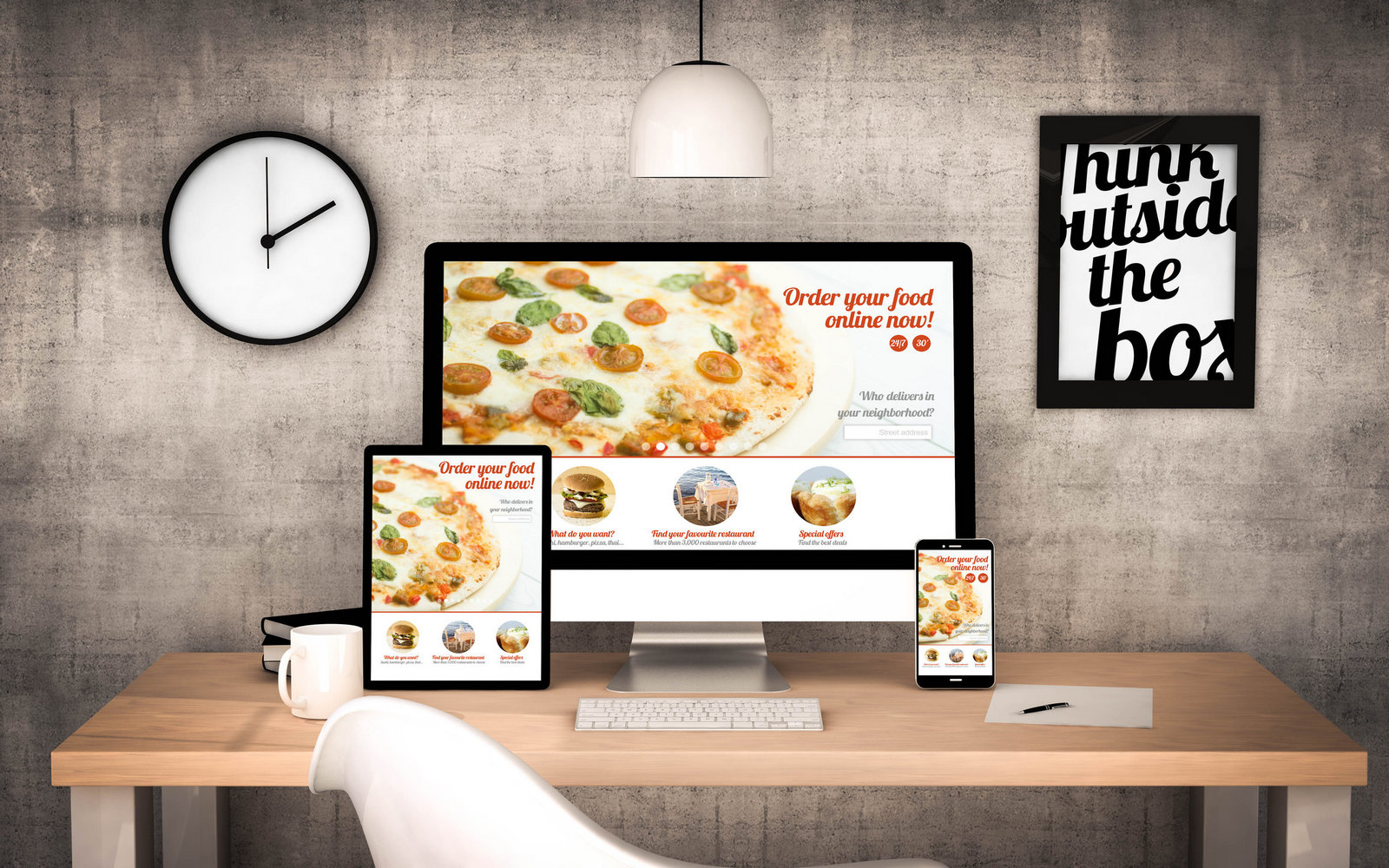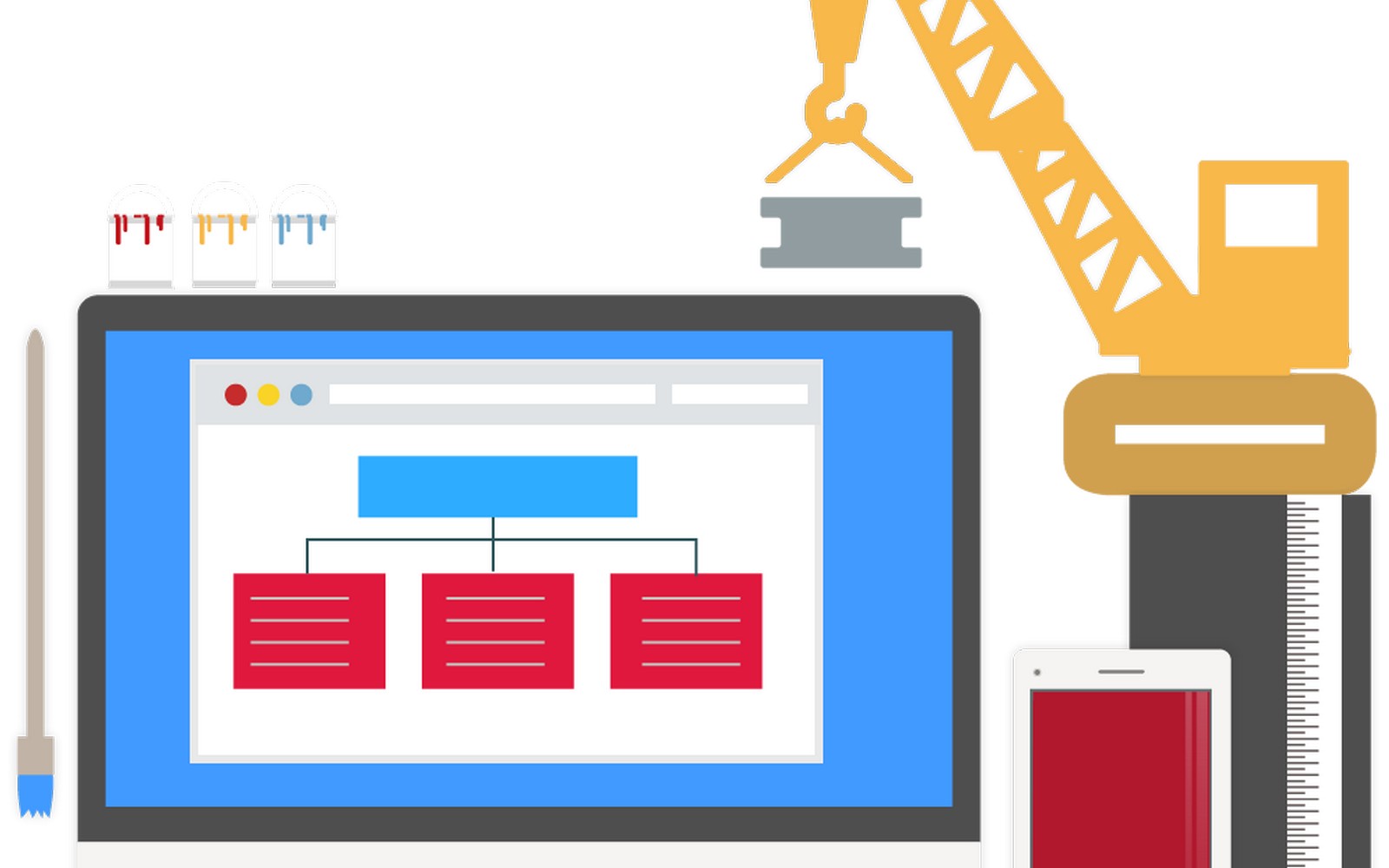This article will tell you what methods of monetizing mobile gaming products exist on the market, which are the most promising, and how to choose the right strategy for your business.
One-time sale
This is the classic method of monetization when the user purchases the full (premium) version of the application for a certain fee with unlimited access to the gameplay and content. The model is common among business apps and educational programs; it generates only 10% of revenue in the gaming industry. The main reason is that gamers are not ready to pay before they are convinced of the product’s value. Another complication is that the developers have no guarantee against unauthorized copying.
The key to success with such a model is to present the features of a mobile application in a favorable light so that people will want to buy it. Some developers offer a free trial period for everyone to evaluate the benefits of the application for free. After the purchase, customers will not likely delete the game. Pleasant bonuses for users, in turn, will be the absence of intrusive ads and the ability to immerse themselves in the virtual world fully.
Great option: SDK monetization
An SDK is a software add-on to an application that enhances it and adds additional functionality. It is really helpful for those who want to monetize desktop games. Several great options can help with it. Those are:
- Infatica;
- GlobalHop;
- UNITY ADS;
- LIFTOFF.

In-game purchases
This is another option one can use for desktop monetization. The game itself is distributed free of charge, and all calculations in terms of monetization are made for in-game purchases. They are of several types: giving acceleration, strengthening, social significance, etc. The products can even be real (for example, merchandise: T-shirts with pictures of characters). Gamers who want to develop faster than others or stand out resort to donation.
As a rule, such a model is based on small transactions, which the players accept calmly. However, from a business point of view, small revenues from the huge total amount accumulate in serious amounts. It is essential that users still have the opportunity to play without purchasing, investing their time instead of money.
Freemium
More than 80% of popular apps are monetized in this way. This is a kind of subscription fee: when the app is distributed free of charge, but its certain “features” are opened only when the subscription is paid. The game will be free for customers, and some of the content will be included in the premium version.
The main task of the developers who have chosen this model is to attract as many users as possible by providing essential functions for free. And later, for those who crave something more interesting, open additional paid functionality in the form of new levels or exclusive characters. It is crucial to strike a balance: a small number of features in the main version can become unattractive to customers and scare them away, while an excessive amount can discourage the desire to shop.
In-game advertising for boosters (tokens)
The method assumes that gaming companies earn by displaying ads (banner, full-screen) or that users watch video ads for a reward in-app bonuses (rewarded video). To receive impressive sums using this option, you need a large audience. Therefore, the developers thoroughly analyze customer behavior and send the information received to advertisers for cooperation. Rewarded videos are as effective as other ad formats, while their cost is sometimes 86% lower. Due to the fact that players receive the coveted bonuses for watching videos, the process itself does not cause rejection in them. And 70% of users have a positive attitude towards rewarded video.
Developers rarely perceive this method as the main source of monetization but rather as complementary to the others. The value for the player, in this case, lies in the fact that he receives the resource allegedly for free: he does not need to invest real money.
Product placement
This approach that helps to monetize desktop games is fundamentally different from a rewarded video approach, where impressions do not depend on the application owner. Here we are talking about building a collaboration with a partner.
Monetization through product placement is suitable for niche games and assumes that brands in the industry will be interested in advertising to their target audience.
With this model, cross-selling is also possible, a kind of collaboration involving the sale of a partner’s products. This model is beneficial due to the expansion of the product line without taking additional risks for the business.
So, good luck to you!




